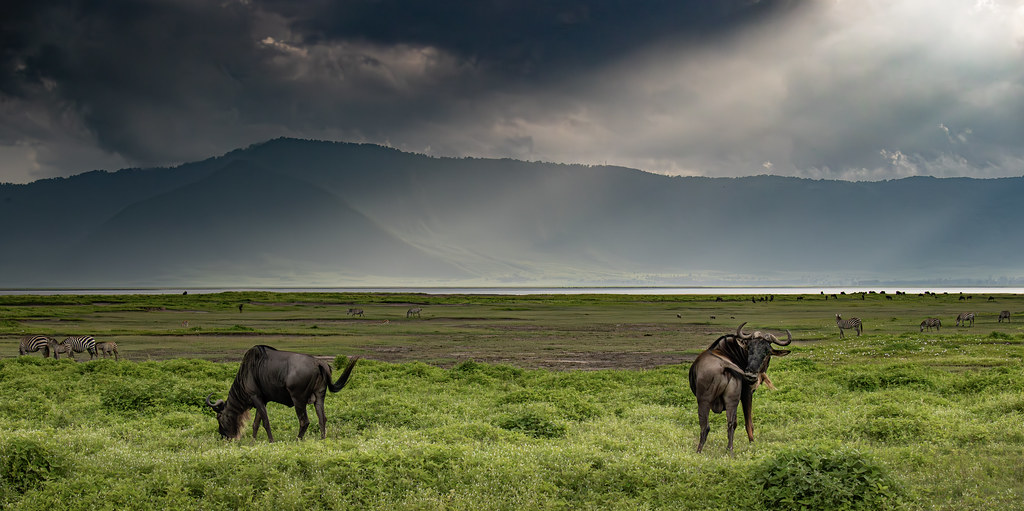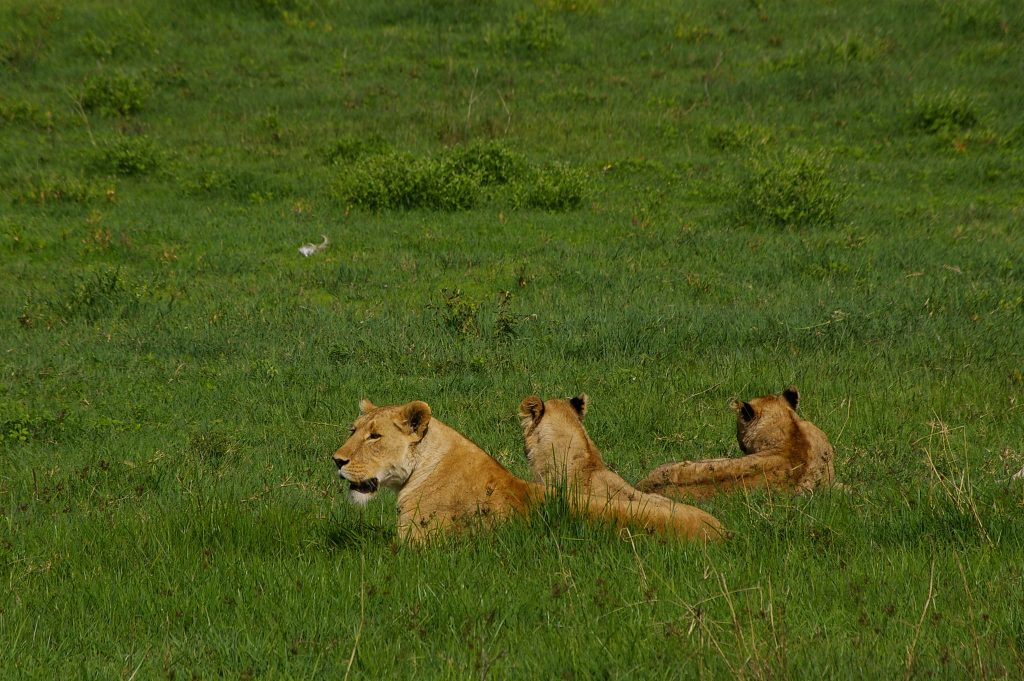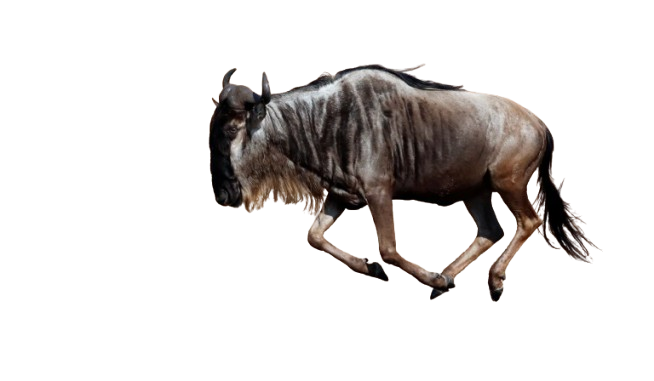Africa’s Top Tourist Attraction 2025: Ngorongoro Conservation Area.
Africa’s Top Tourist Attraction 2025, After winning it in 2023, the Ngorongoro Conservation Area has once again won the Africa’s Leading Tourist Attraction 2025. The conservation area claimed the accolade in front of top attractions in Africa, such as South Africa’s Table Mountain, Hartbeespoort Aerial Cableway, Robben Island, and V & A Waterfront. Other nominees included Lake Malawi (Malawi), Pyramids of Giza (Egypt), Okavango Delta (Botswana), and Mount Kilimanjaro (Tanzania).
Established in 1959 after separating it from the Serengeti, this beautiful protected area left voters with no option but to vote in its favor due to its striking attractions within it. It hosts not only wildlife but also human beings who once and still exist to date. We discuss the conservation area’s top attractions that might have captivated voters (and probably you). Stick with it because the last one is interesting.
Ngorongoro Crater
Spanning 264 square kilometers, this crater is the conservation area’s main drawcard. People go there to see wildlife and appreciate its beautiful landscape. Though small, it boasts over 25,000 large animals, including the Big Five.
The crater has 70 lions, that’s a lion per 3.8 sq km. And it’s a promising spot to watch the black rhinos. These heavy mammals hide in shrubs and acacia trees. You can also spot leopards, especially in the Lerai Forest.
A drive through the floor introduces you to plains game like wildebeest, zebra, impala, and buffalo. You can also see predators like cheetahs, spotted hyenas, foxes, jackals, and mongooses.

Popular Activities
- Wildlife viewing
- Sundowning
Ndutu Plains
Stretching as far as you can see are the vast plains in the Ndutu area. They merge with that of the southern part of the Serengeti. And because these two protected areas have a fenceless border, wildlife can roam from the Serengeti to Ndutu and vice versa.
From December to March (sometimes to April), these plains host the Great Migration. As rainfall starts in November, the plains turn green, attracting the wildebeest, zebra, and gazelle as they hurry to calve. There’s a good reason why these ungulates prefer to calve on these grounds:
On the land of Ndutu grow nutritious grasses favorable for the growth and development of the calves. The volcanic eruptions of the Ngorongoro Mountains released volcanic ashes, which, due to wind action, reached Ndutu and the southeastern plains of Serengeti, making them fertile.
Apart from the calving season, Ndutu hosts various resident animal species, including giraffes, impalas, elephants, elands, dik-diks, and predators like bat-eared foxes, jackals, lions, leopards, wildcats, cheetahs, and spotted hyenas.
Popular Activities
- Witnessing the calving season, from January to March.
- Viewing resident wildlife.
Empakai Crater.
The Empakai Crater is one of the natural formations resulting from the volcanic eruptions of the Ngorongoro Mountains. There’s a soda lake at the center that covers 75% of the crater floor. Therefore, this crater is not as intact as the Ngorongoro Crater. Like most soda lakes, the shores are home to the beautiful pink flamingos.
The remaining portion of this crater allows hiking, walking, and game viewing. Here, you can find elephants, lions, buffalo, monkeys, leopards, and birds.
Popular Activities
- Hiking or walking on the crater rim.
- Birdwatching
The Maasai communities.
The Maasai tribe still coexists with wildlife in Ngorongoro. They have a long history with animals in the Serengeti before moving to Ngorongoro in 1959, a change that separated the Serengeti from the Ngorongoro Conservation Area.
Upon visiting them, the Maasai can teach you a lot of things. No doubt you’ve seen a video of them jumping higher while holding their spears. Try it by yourself. You can also buy yourself a collection of beads, bracelets, and sandals from creative women, herd cattle with Morans, or watch women building their traditional bomas.

Popular Activities
- Herding cattle.
- Spear-throwing challenge.
Archeological Sites.
As we mentioned above, Ngorongoro provides evidence that our ancient ancestors once lived here. Famous archaeologists like Louis and Mary Leakey, on their excavations in the Olduvai Gorge, found the skull of Zinjanthropus (Australopithecus boisei) dating 2 million years ago.
Another fascinating historical site in Ngorongoro is the Laetoli footprints. Here, you will watch ancient footprints dating back 3.6 million years. Our ancient ancestors once stepped on wet volcanic ashes. After another eruption, the ashes covered their footprints, and they remained unnoticed until 1974 when Mary Leakey uncovered them.
There’s a museum – Olduvai Museum – which houses a lot of historic artefacts, including stone tools, skulls, models, and remains of extinct animal species, and a replica of Laetoli Footprints. You can go there to cure your curiosity or to study.
Popular Activities
- Archaeological tour
- Study tour
Final word.
That’s a wrap! The Ngorongoro Conservation Area has much to offer than you think. We are here to help you explore the wonders of this conservation area. Our planners are here to start planning your dream adventure.
